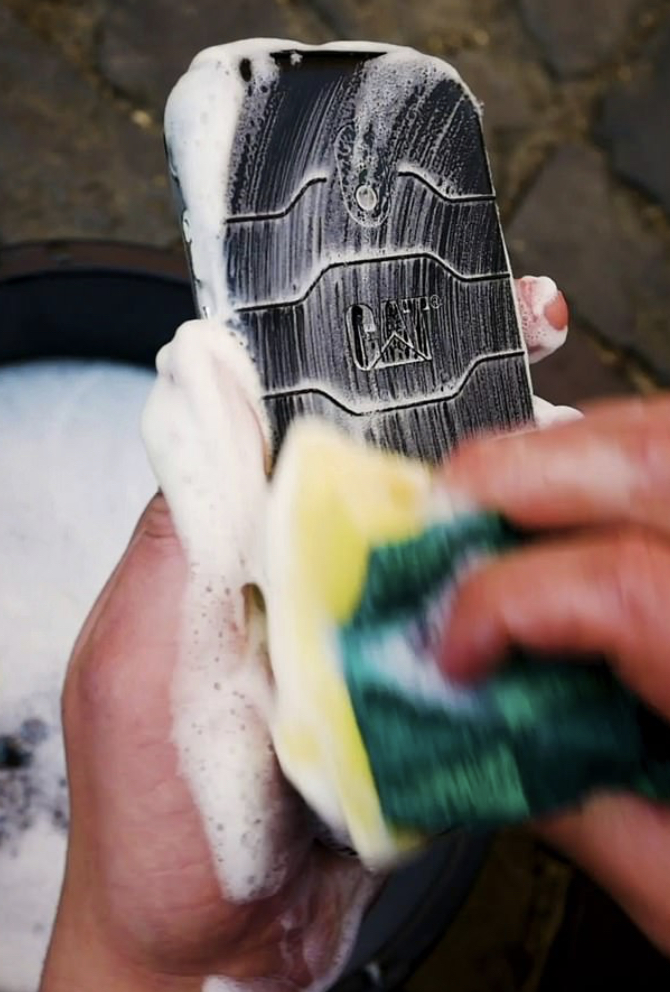Visiting Cairo’s Postal Museum overlooking Attaba Square is quite an adventure. As you exit the metro and make your way through the old book market onto Abdel Khalek Tharwat Street, you're met with Cairo’s epic Central Postal Office.
The building is currently undergoing massive renovation, but a glance beneath the scaffolds and tarps reveals the building’s beautiful architecture, which resembles a palace more than a post office.
Its multiple entrances are chaotic with people running around shouting postal questions. After obtaining a ticket, visitors are walked through the beautiful marble entrance with spiraling staircases that lead to the second floor museum, which appeared to be closed when I visited.
“They started renovating the building before the revolution,” Mohamed al-Bakry, the museum’s supervisor told Al-Masry Al-Youm. “The government tells us it should be completed in a year’s time, but now it just seems like it’s been frozen in time.
“Nobody really comes here anymore,” continued al- Bakry. “Maybe a few hundred people a year. And with the tickets costing between 50 piasters and LE2, we can’t really afford to keep it open unless there is a visitor.”
Nonetheless, as the doors were opened and the lights turned on, an intricate display packed with postal paraphernalia began to reveal itself — it felt like being taken to an abandoned toy store which hadn’t been touched for over 50 years.
The Postal Museum of Cairo, which first opened to the public in 1940, was conceived in 1934 by King Fouad I. It started off as a large stamp collection. Over the years, donations and expansions slowly turned it into a full-scale depiction of the postal industry in Egypt since pharaonic times and it now boasts more than 1,000 exhibits.
Upon entering the main red-carpeted hallway, you are instantly bombarded with fascinating postal exhibits including artifacts, pictures, uniforms, post boxes and dioramas. The museum resembles a luxurious apartment, with pillars, carpets and chandeliers decorating the place. Densely packed with the walls lined from top to bottom as well as exhibits running down the middle of each room, the museum is quite narrow to navigate.
Divided into ten general sections that occasionally overlap, the museum showcases old envelopes and stamps, treaties signed between countries agreeing to have functioning international mail, clothing, tools, maps showing the delivery routes, statistical information, as well as wooden models of the postal vehicles, bicycles and airplanes.
The pharaonic exhibits are by far some of the most interesting; on display are papyrus letters passed between pharaohs by a messenger, detailing the importance of the scribe and writing. Dioramas then depict the scene of the messenger kneeling down to hand the pharaoh his mail using a clawing tool – so as not to touch the pharaoh’s hand – while guards point spears at his neck.
The more modern 19th century artifacts include eccentric uniforms and leather handbags for postmen, intricate chains and weights to price mail, and wooden, handcrafted, communal postboxes, creating a nostalgia for times when writing was an esteemed art treated with delicacy.
“As time went on the museum became more and more important,” said al-Bakry. “When the museum was conceived, the only items of interest were old stamps. However, after the industry became depersonalized and more advanced technology was introduced, 90 percent of the items from the postal service soon belonged in the museum.”
And that couldn’t ring truer given the modern establishment of Twitter, Facebook, email and other digital tools that make communication an immediate and less personal or thoughtful process. The museum helps enshrine and romanticize the era of hand-written letters.
“Personally, I miss the times when I used to receive a letter,” sighs al-Bakry. “I know that the new generation is all into computers, especially with the revolution, but still there was something beautiful about the old process that I think has probably been lost forever.”
Thankfully the museum exists to create a portal into the history of communication through the postal service. It seems imperative, however, to add symbols of modern, digital forms of communication to show the continuous evolution of the post. But for the time being at least, considering the financial state of the place, an expansion is likely only wishful thinking.




